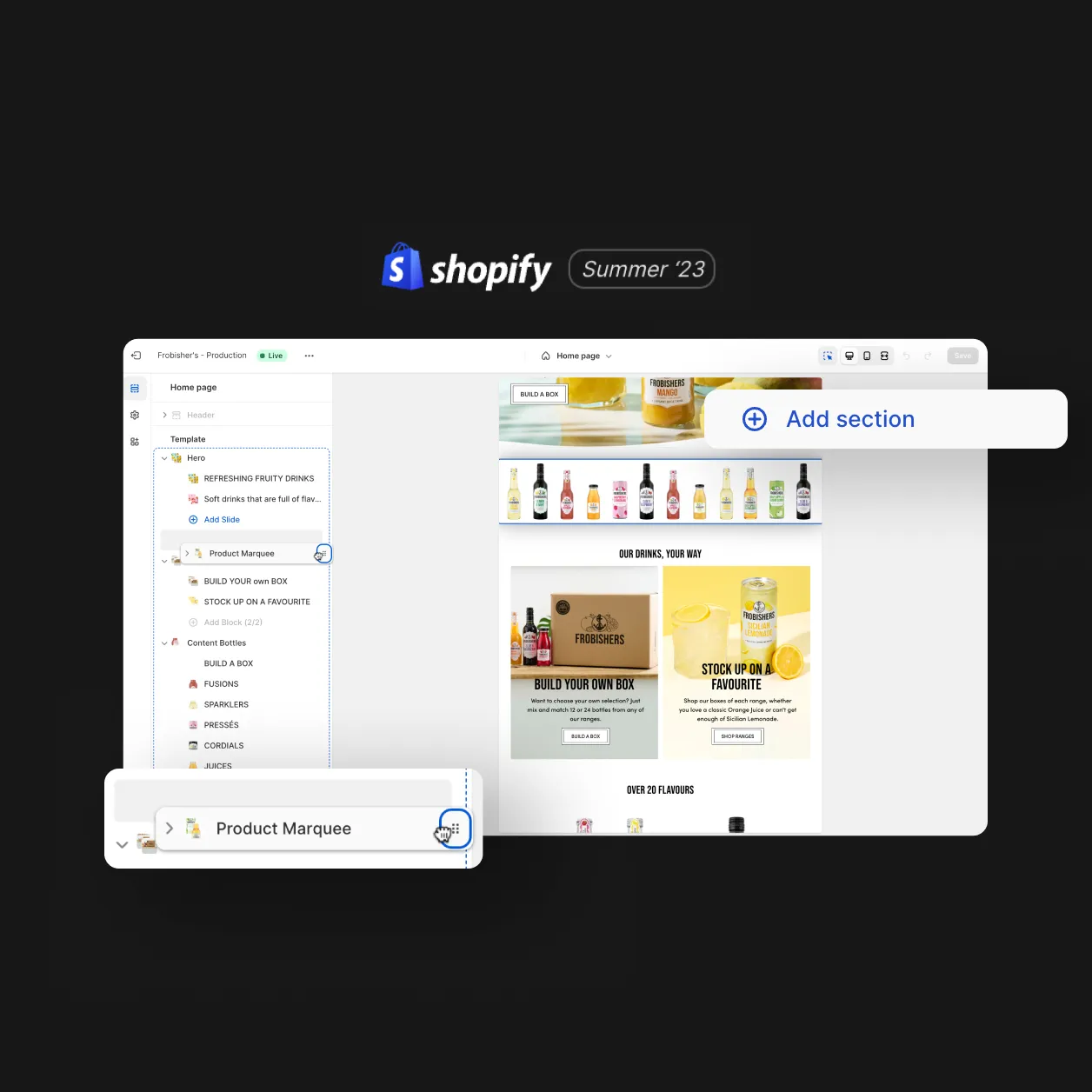
Whether you’re a new startup or an industry stalwart, if you’re not sure how to measure digital marketing this blog post will explain the key acronyms, terms and definitions of digital marketing metrics that will become critical on your journey to growth. We have split the key measurements into four sections: Reach, Traffic, Engagement and Conversions.
1. Reach: What is it & how should it be measured?
Reach is essentially the number of people your brand has ‘reached’ through advertising, email or any other digital touchpoint. There are two key metrics used to describe reach and they should be specified in any presentations or reports as they differ considerably.
- Impressions: An impression is often used in the context of advertising and generally quantifies the number of times a form of digital media renders on a user’s screen. Impressions are not action-based and simply have to have ‘appeared’ technically for them to count as a measurement. For example, if an ad placement is “below the fold” of the screen and has limited visibility – it will still count as an impression. Impressions are often referred to as a ‘view’ or ‘ad view’ – even if the advert in question has not been viewed.
- Unique Users: Unique users can be used in the context of advertising and your own website traffic. It refers to an individual who has been served an advert or an impression of the website. One unique user may have been served multiple impressions or started several sessions on a website. However, the same individual browsing a website through multiple devices (e.g. on mobile and then on desktop) will still count as two unique users.
2. Traffic: What is it & how should it be measured?
Traffic refers to the number of visitors to a website and is usually the first data point of interest in Google Analytics. This metric can also be measured in multiple ways so it is useful to understand the nuances and ensure the correct measurement is applied consistently.
- Users: Users and Unique Users are sometimes referred to as the same measurement but often they differ. Generally, users will have initiated at least one session and include new and returning visitors to a website. Unique users are a smaller number because they include repeat visits.
- Sessions: A session is counted when a user visits the website and is actively engaged, indicated by often browsing multiple pages and clicking on different links or completing e-commerce actions. One unique user may engage in multiple sessions before completing a purchase.
- Dwell Time: Dwell refers to your website engagement and the quality of your traffic, specifically how long a user stayed on your website after arriving.
- Bounce Rate: Another key metric for establishing if your website is working effectively. A high bounce rate implies that your traffic is not relevant or the user experience is weak.
3. Engagement: What is it & how should it be measured?
Engagement generally refers to interactions on social media, some of which are visible to the public such as likes, comments or shares but there are invisible indicators that also play a part in helping develop organic reach. These include clicks, link clicks, page visits and saves. How you measure engagement is entirely down to the business objectives and digital strategy that has been put in place.
- ER%: Your Engagement Rate is a measurement that helps gives clarity on whether or not content or advertising is having the desired effect and is relevant to your audience. ER can be calculated by adding up the number of engagements (defined by the client) and dividing by the number of impressions, then multiplied by 100 to create a percentage.
- CTR%: Your CTR (Click-Through-Rate) is the number of clicks divided by the number of impressions and multiplied by 100 to create a percentage. E.g. 0.01%. CTR is a key indicator of advertising success and whether or not your advert had an engagement.
It is important to note that in digital marketing there are multiple versions of these metrics. For example, your email CTR may be much higher than your brand awareness advertising CTR. The engagement rate on Facebook may be lower than your engagement rate on Instagram or your website blog.
4. Conversions: What are they & how should they be measured?
Conversion metrics refer to an action that a user has made on the website or digital advert that indicates they have done what the advertiser hoped they would do. At its most black and white, a conversion could be measured for when a sale is complete. However, not all websites are e-commerce and other conversion metrics should not be ignored. for a service-based website, it may be the download of content (e.g. PDF guide) or clicks on the contact form. It could also include when a user successfully adds their email address to a database or has finished watching a video.
If your website is e-commerce and sells online, take a look at our page about Ecommerce Conversion Rates or our guide on e-commerce metrics that every startup should know.
Digital Marketing Metrics Summary:
Reach will help you drive traffic to your website. Engagement is critical to ensuring your marketing messages are relevant and that only quality traffic is going to your website. The success of your media will then be supported by analysing your conversion data. It is important to analyse each stage as high reach may not equate to high traffic. Equally, high traffic may not mean more sales. If you have high engagement but low conversion rates, this would indicate that attention needs to be paid to the conversion experience (e.g. checkout experience, landing page user experience or design).
If you’re a startup, it’s important that your marketing plan has an estimated goal for Reach, Traffic, Engagement and Conversion. The digital metrics you use – whichever you choose – must remain consistent. For more detailed information about e-commerce specific metrics and digital media metrics, please visit our page all about digital measurement and reporting.
Design
Inspiring behaviour change through visual experiences. Our digital design services ensure instant clarity and visuals that cut-through in a cluttered market.




